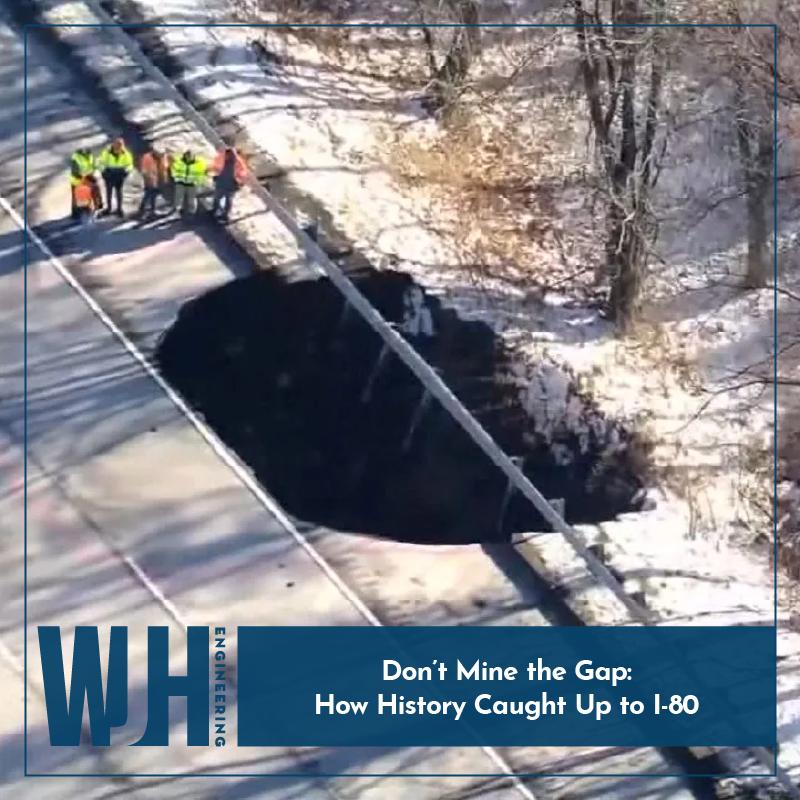In December 2024, drivers near Wharton, N.J. were stunned as a 40 × 40 ft sinkhole abruptly opened along I-80’s eastbound shoulder. A second depression appeared in February, and a third crater opened in mid-March, fully halting traffic in both directions.
Engineers investigated the cause of these sinkholes, and many were surprised to find a vast network of abandoned mineshafts under the roadway. Over time, these underground tunnels were subject to erosion and decay, eventually creating significant voids beneath the surface. This erosion was likely expedited by the heavy traffic seen on the interstate every day.
In response to the ongoing hazard, Governor Murphy declared a state of emergency for Morris County to unlock federal assistance. The disruption snarled traffic for local commuters and long-distance drivers, flooding detour routes and triggering gridlock
around Wharton Township. NJDOT initially hoped to reopen westbound lanes by late March and eastbound by early May, but the discovery of new voids continually reset the timeline. Once all of the voids were identified and stabilized, full corridor traffic
was eventually restored in late June of that year.
As we approach one full year since this event, we can look back at it and learn a lot about how mineshafts and other underground activities impact key infrastructure. As I-80 resumes normal operation, transportation planners are encouraged to use enhanced geotechnical surveys and long-term monitoring to prevent future collapses. Here at WJH Engineering, we consider all geotechnical factors that can impact our projects. If you are looking for a company that offers a wide range of engineering expertise, contact WJH Engineering today!

